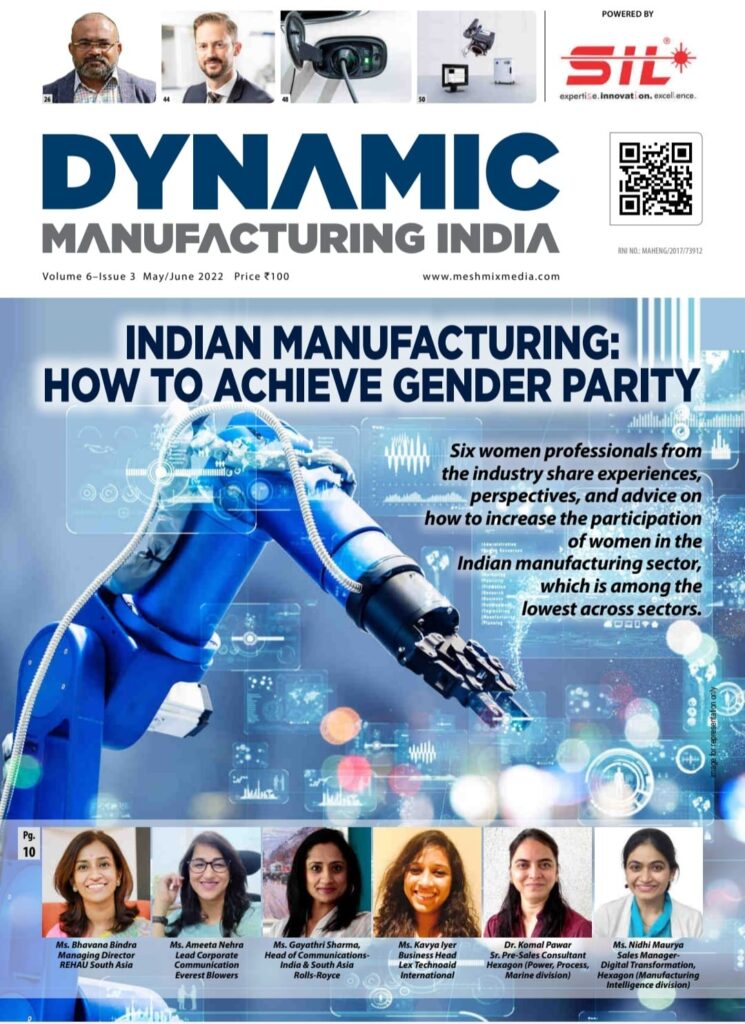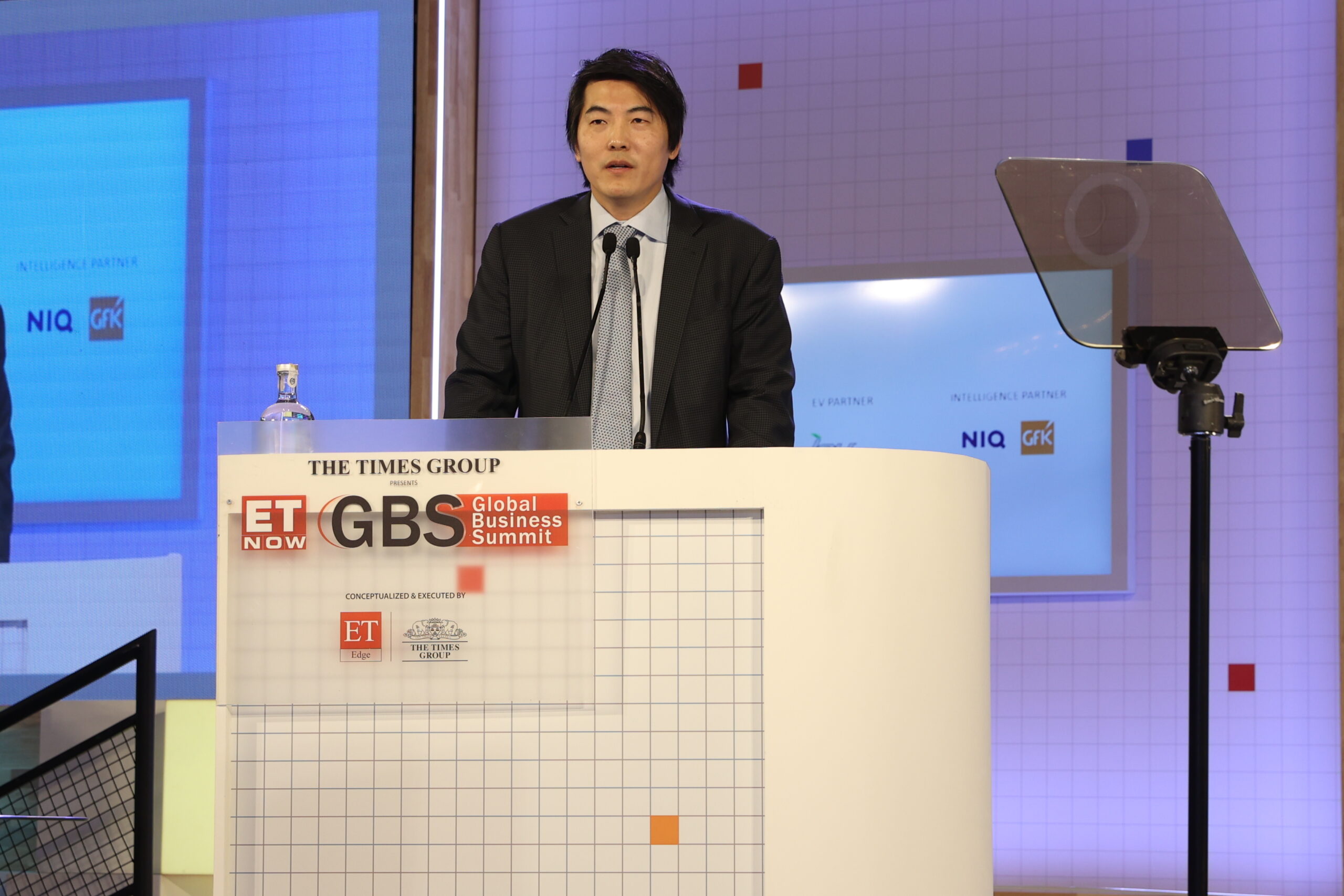No Industry for Women

Here’s a question: What could be the logic behind having none or an insufficient number of washrooms for women at the workplace? Isn’t its availability a standard in modern societies? From all accounts, that standard does not apply to our workplaces and public spaces. In a discussion we recently had with women professionals from the industry, the commonest and one of the biggest concerns they had was the lack of toilets for women at our factories and office premises.
One speaker, a young lady sales professional of a technology company, recalled one of her visits to a factory where she could not find even one women’s restroom within the factory, and not even anywhere within the factory campus or nearby. What made it worse was her dilemma that going too far away from the factory would mean her leaving her sales to call unfinished, something she felt could make her look uncommitted to her superiors. Now that’s an ordeal no man or woman should ever face.
This is the stark reality that women encounter every day in our industry in particular and all sectors in general. Even the finance sector, considered a friendlier workplace for women, reports a woeful lack of this basic amenity. In March this year, in response to the same issue raised by Madurai MP S. Venkatesan in the Lok Sabha, the Union finance ministry requested public and private sector banks to provide adequate washroom facilities for women bankers.
One shudders at the thought of how it must be for women in our manufacturing sector, already known for its incredibly low gender diversity. As per the 2021 Avtar and GE report, the Indian manufacturing sector’s FLFPR (Female Labor Force Participation Rates) range between 3 to 12 percent depending on the vertical. This looks bleak even by our standards – India’s FLFPR, at 16 percent, is among the lowest in the world. What it means is that for every 20-30 men working in a factory – about the average size of an MSME’s workforce – there is hardly any women working alongside. Naturally, making available restroom facilities for women receives scant attention in manufacturing.
The lack of toilets is just one of a whole bevy of challenges keeping the women away from our workplaces, a phenomenon that has gotten worse in the last five years. According to the Mumbai-based Centre for Monitoring Indian Economy (CMIE), between 2017 and 2022, about 2 crore women disappeared from the workforce, leaving only 9 percent of the eligible women population employed or looking for jobs.
We asked our women panelists about the reasons that are creating this beyond-alarming situation. They pointed out hurdles such as social conditioning, a woeful lack of role models, archaic policies that don’t recognize the need, for example, for something as basic as including women’s restrooms in a building, and safety concerns among others. But then, I asked, how does the industry make a start toward a solution? Easy, said the eminent speakers. Encourage more women to join our workforce, our factories, and our offices.
With more women coming to work every day, a lot of this puzzle’s pieces will fall into place. That was a moment of clarity that gave us hope. Because solving this problem is critical for the future of our industry. No industry can hope to progress and prosper without the support of half of its population. That has never happened in the history of industrialization. We need equal participation from men and women in our industries to even hope to grow at the pace of industrialized nations. And we need that now. Read this issue’s cover story for more such moments of clarity.
Editorial By Aanand Pandey – Published in DMI May_June issue.
E copy of the Magazine – Read Now






